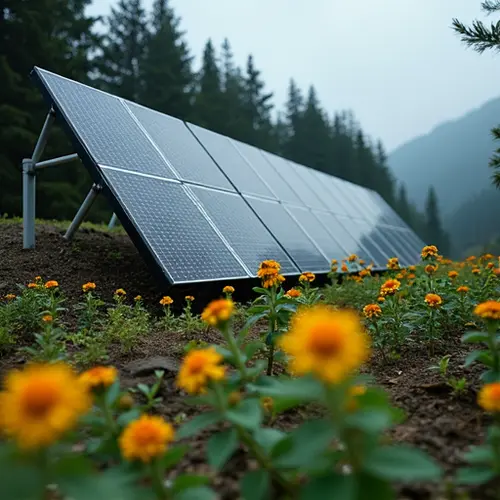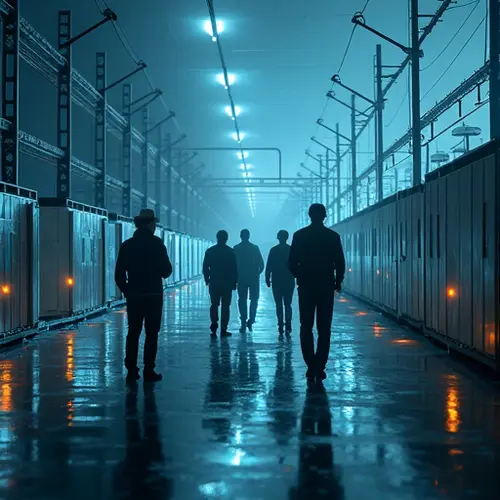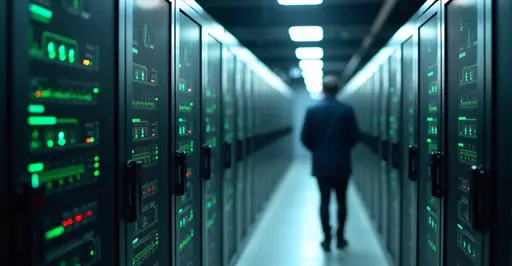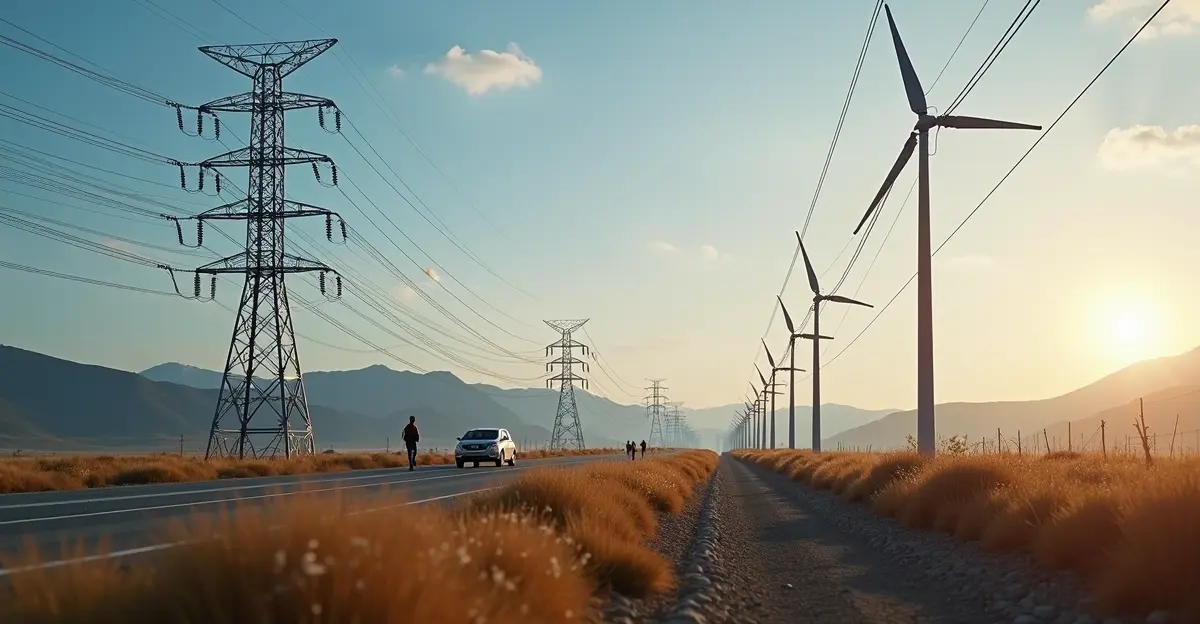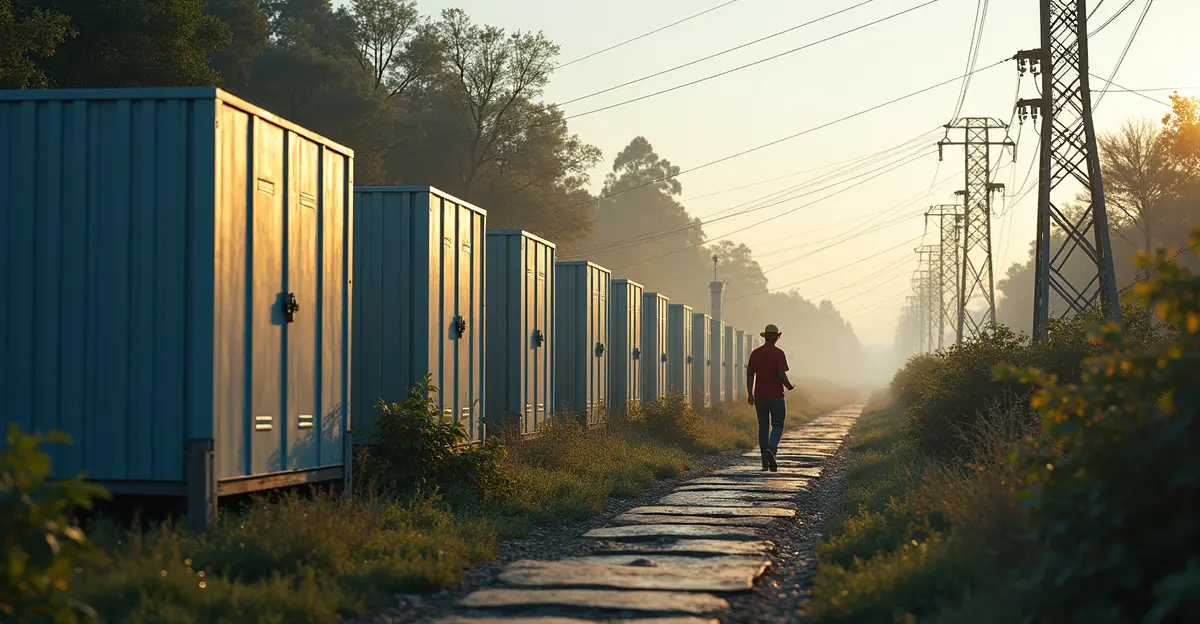AI is revolutionizing renewable energy grid balancing in 2025 by improving forecasting and optimization, but faces challenges from its own energy demands and infrastructure strains.

AI's Growing Role in Energy Grids
In 2025, artificial intelligence (AI) is transforming how energy grids manage the influx of renewable sources like solar and wind power. With renewables accounting for over 30% of global electricity generation and projected to reach 45% by 2030, according to Wikipedia, the variability of these sources poses significant challenges. AI offers smarter balancing solutions by predicting supply and demand fluctuations, optimizing grid operations in real-time, and enhancing reliability. As one expert noted, 'AI is not just a tool; it's a game-changer for grid stability amid the renewable transition.'
Current Applications and Benefits
AI is already being deployed for advanced load forecasting, analyzing factors such as weather patterns, holidays, and renewable energy availability to improve accuracy. For instance, utilities use AI to optimize power plant operations and speed up interconnection studies for new projects. A MIT Technology Review article highlights that AI can reduce inefficiencies and prevent equipment failures, potentially cutting energy losses. However, data center energy consumption for AI has surged 80% from 2020 to 2025, raising concerns about whether benefits outweigh costs. 'We're at a crossroads where AI's energy demands must be balanced with its grid advantages,' says a grid operator.
Challenges and Skepticism
Despite the promise, skepticism remains. The energy demands of AI itself are substantial, with data centers projected to consume electricity levels comparable to Japan's annual use by 2030. A RAND commentary warns that AI's escalating needs may strain aging grid infrastructure, requiring immediate strategies like prioritizing battery storage and delaying plant retirements. Critics argue that real-time grid applications are limited by industry caution, as failures could have catastrophic consequences. 'AI shows potential, but we need proven results before full-scale adoption,' cautions an energy analyst.
Future Outlook and Innovations
Looking ahead, AI is expected to drive further innovations, such as predictive balancing for renewables and intelligent storage solutions. A 2025 whitepaper emphasizes AI's role in creating self-optimizing grids that dynamically respond to energy shifts. Case studies from the Brookings Institution show AI aiding in renewable integration, but experts stress the need for safeguards. 'The key is scalable AI that enhances stability without introducing new risks,' asserts a policy maker. As renewables grow, AI will be crucial for a sustainable energy future, but its development must align with efficiency goals to avoid exacerbating energy consumption.

 Nederlands
Nederlands
 English
English
 Deutsch
Deutsch
 Français
Français
 Español
Español
 Português
Português





